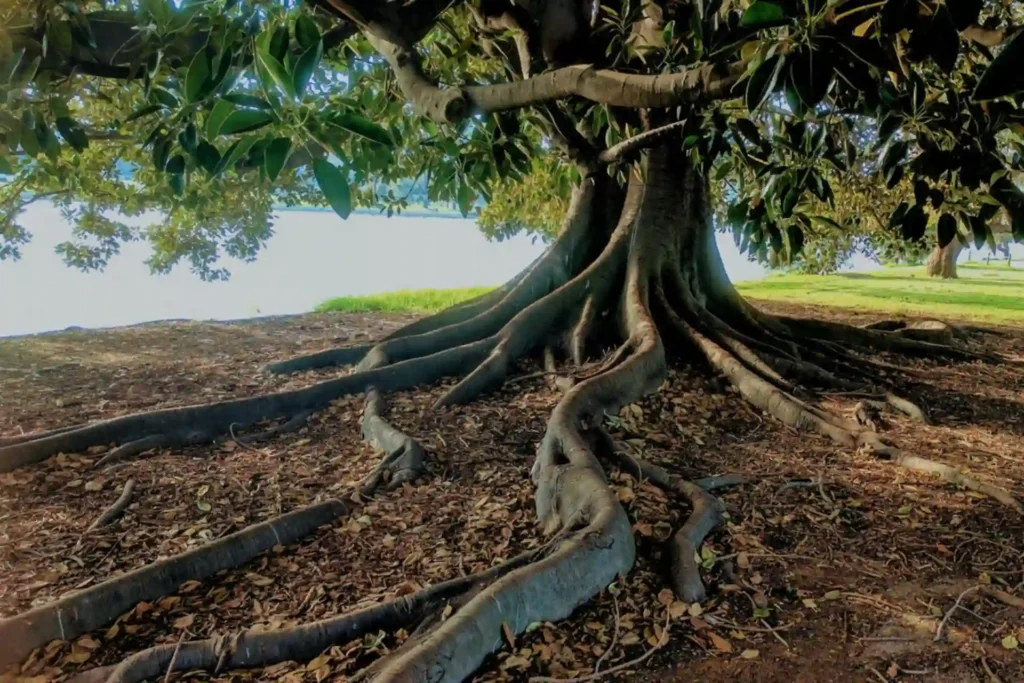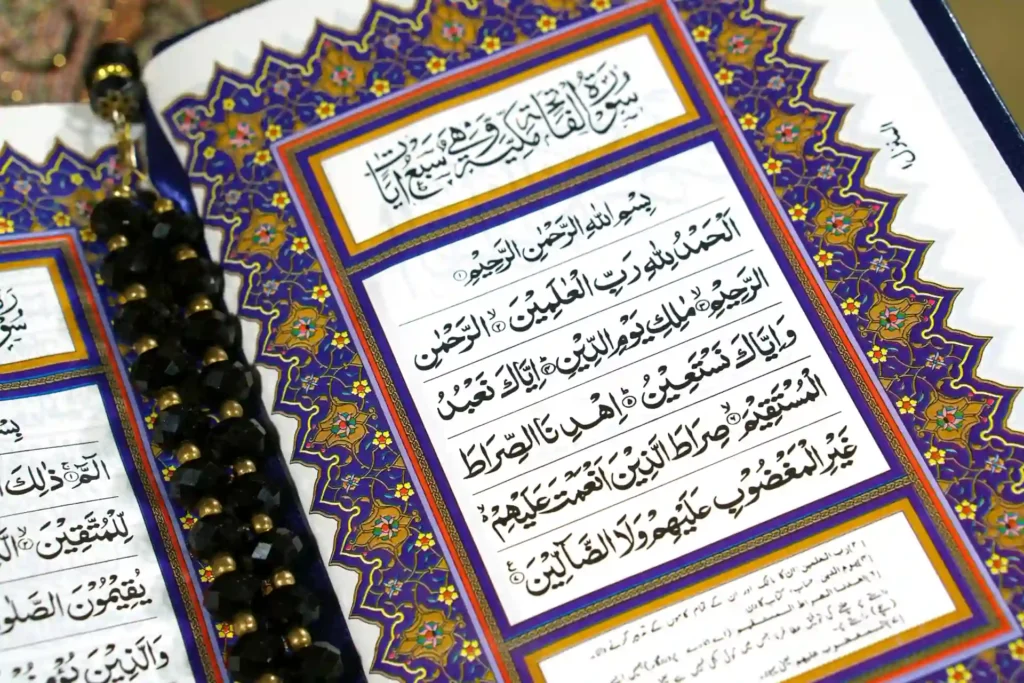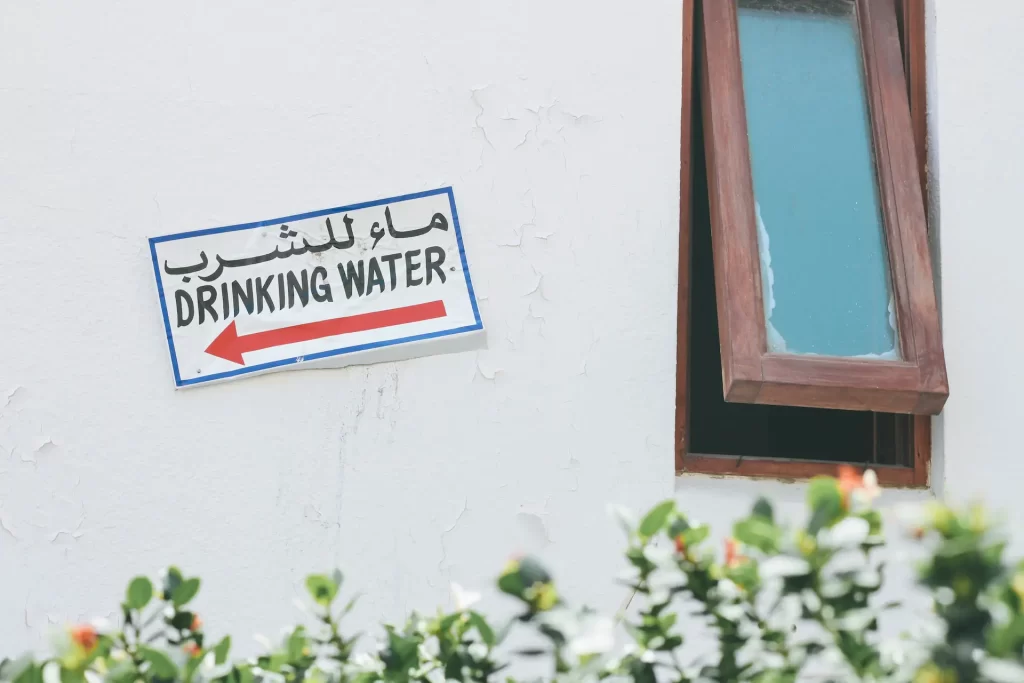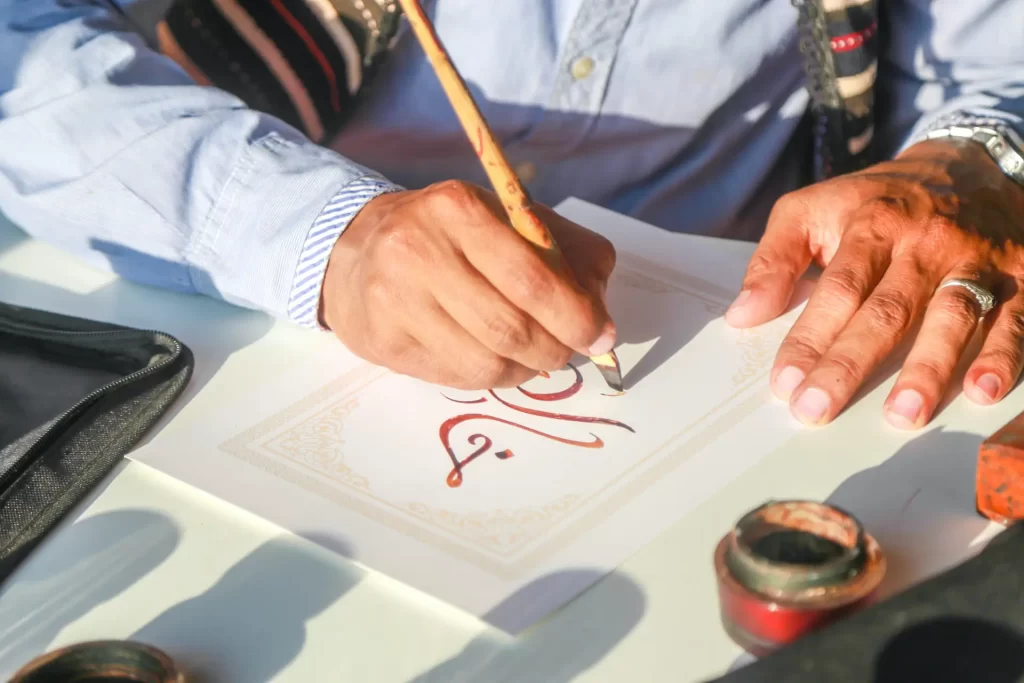The Power of Arabic Diacritics (Harakat in Arabic)
Have you ever been captivated by the beauty of the Arabic script? Perhaps you’re intrigued by the rich cultural heritage of the Middle East and North Africa (MENA) region ([where do Arabs live]), or maybe you’re simply looking to expand your linguistic horizons. Whatever your reason, venturing into the world of Arabic promises a rewarding …
The Power of Arabic Diacritics (Harakat in Arabic) Read More »





